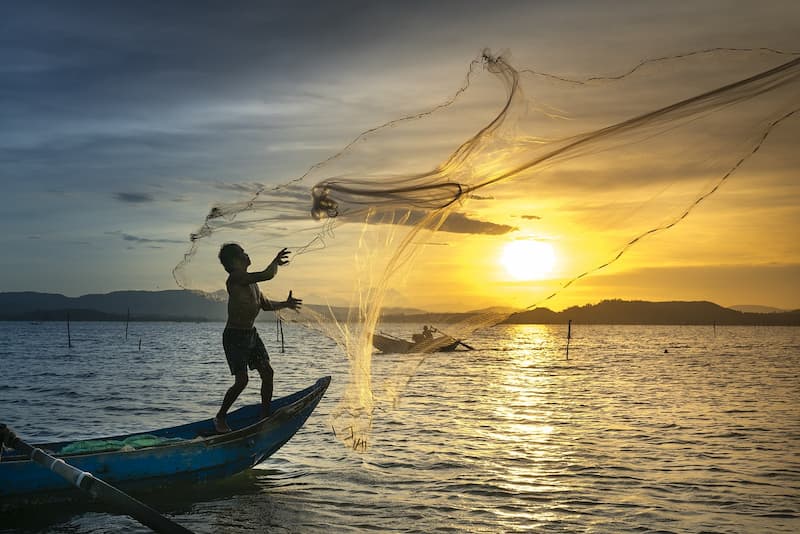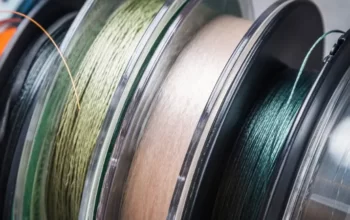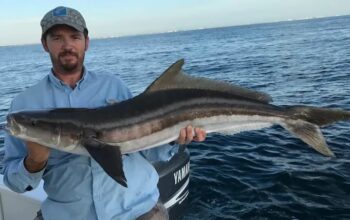The best time of day to be out on the water is essential if you take fishing seriously. If there is food available and it can be caught, fish will essentially eat continuously throughout the day and night. Despite all of this, there are unquestionably some times of the day when fishing is just better overall. Your stay on the water can instantly transform from just okay to amazing by hitting those crucial times.
When is the best time of day to fish? The best times to catch fish are typically in the mornings and evenings, especially during the summer. During these times, variables like water temperature, fish activity, and light intensity are crucial.
The prey is more active, the light is less intense, and the water temperature is cooling during these windows, enabling fish to engage in feeding behavior. Some fish species, including carp, catfish, and walleye, can thrive during the night.
Except when there is rain or cloud cover to block the hot sun, the middle of the day is typically fairly slow. There are certainly exceptions to these rules but for the most part, the early morning and late afternoon will be your best bets for strong fishing for most freshwater species of fish.
This article will go over the best times of day to fish for each species, a detailed breakdown of the seasons, as well as how the weather and the phases of the moon affect fishing success at different times of the day. We will also discover the ideal times for daytime fishing and night fishing.
Table of Contents
By Season
The best times of day to fish can vary depending on the season. To ensure you have a lot of fishing success while out on the water, you might need to adjust your fishing trip to better coincide with the seasonal times.
Winter

Fish usually slow down in the winter because of the chilly weather and the general lack of food. Fish from freshwater drastically reduce their activity levels to the point where even their metabolisms suffer. Although it is far from impossible, catching fish in the winter requires precise timing.
Wintertime typically means avoiding the mornings. Because of the lengthy nights, the waters are still cold, and the sun hasn’t been up long enough. The waters start to warm up and the fish become more eager to bite as midday and early afternoon progress.
Spring

Fish emerge from winter eager for a feast, just like bears do after hibernating. You can anticipate a lot of activity because many species are also getting ready to spawn. However, you must still plan your trip wisely because springtime fishing can be hit or miss.
You should postpone making your cast until later in the day because the mornings are still quite chilly. The best fishing in the spring is typically from late afternoon until dusk. No fish can ignore the fact that there are a lot of insects present, especially later in the season.
Summer

However, just because it’s warm doesn’t mean that fish will be jumping at you if it’s over 100 degrees. They dislike the heat even less than we do, in all honesty. Having said that, there are times when fish will line up like you’re giving out free lemonade on Memorial Day.
Wetting the line is best done in the mornings of the summer. Because the waters can heat up quickly, be sure to get a head start. Fish seek cooler waters in deeper areas around midday when the sun is at its heaviest. However, you’ll have another chance to attack them as dusk draws near.
The “dawn vs. dusk” debate is one of those things anglers never seem to agree on. Most days, fishing can be successful at both dawn and dusk. The species you are after should always be the focus of your excursion. Particularly active in the evening are species like flounder and sharks.
Fall

While the majority of fishermen prefer to cast their lines in the summer, a sizable contingent of fishermen contend that the fall is actually the best time to go fishing. Fishing during the fall foliage can be pretty spectacular, though it’s not quite as forgiving as the summer. That is, if you have good timing.
There are numerous changes in the early fall. Fish are no longer as active at dawn, but they are still feeding heavily in order to survive the coming winter. You can stay in bed and get ready for a late-morning fishing trip. Fish will undoubtedly knock on your door once the water’s surface has had time to warm up.
As the days start to shorten, fish start to “call it a day” sooner and sooner. Aim for early afternoon if you’re fishing in the late fall; you’ll still catch a lot of fish.
Fall typically means rainy weather. Anglers have buckets full of fish to look forward to, while most people groan at the thought of winds and overcast skies.
By Weather: Rain, Snow, Clouds
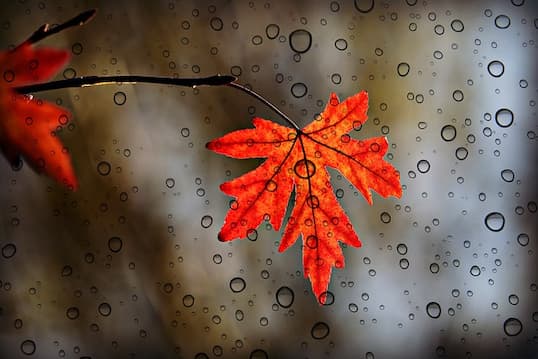


Weather changes have a significant impact on when fish are actively feeding. On days with rain, snow, or cloud cover, the best time of day to fish typically occurs just before or even during the weather event rather than at a specific time.
An alteration in the general weather temperature is what a weather event typically represents. In the summer, rain and clouds cool the water and block the oppressively hot sun.
In fact, it’s more likely that rain or snow during the winter will result in warmer waters. For the majority of freshwater species, fishing can be excellent on days that are rainy or cloudy.
Bass, pike, trout, and other species will actively hunt for prey prior to rain. They are more likely to pursue your moving lures farther away as a result.
When it rains, the fishing is usually still excellent. Once the rain or weather event has passed, fishing will typically drastically slow down. Fish will still bite, but they will do so slowly, tightly cling to cover, and with much less confidence.
Forget the notion that you must fish at sunrise or sunset; if a weather event of any kind is predicted for that day, start fishing as early as possible for the best results.
Moon Phases
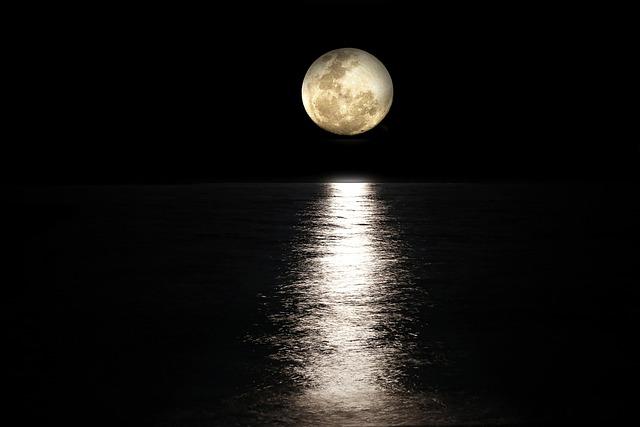
When fishing will be most productive for a variety of fish species, the moon can have a significant impact. The majority of fish lack the specialized night vision necessary to hunt successfully most nights, but full and nearly full moons allow for enough moonlight to illuminate the top few feet of the water column, enabling night feeding.
Walleye, catfish, striped bass, and carp can effectively hunt for food pretty much every day of the month because they either have night vision or don’t rely on vision to find food at night.
The majority of other fish, such as bass, pike, muskies, panfish, and trout, do have good low-light abilities that enable them to hunt successfully at sunrise and sunset but not often at night.
The food must essentially swim right to the fishes’ mouths for them to be able to feed on extremely dark nights. But on full moon nights, enough moonlight seeps through the water’s surface to enable excellent night feeding for fish close to the surface. The best fishing of the day might happen at night.
On these full moon nights, a lot of fish will be feeding all night long, making the morning that is usually great for fishing very slow because big fish may have full bellies from a night of active feeding.
Actually, only that. Bass and trout will be fairly slow on full moon nights when fishing should be good if there is cloud cover or rain that blocks out some or all of the moonlight.
By Species
Fish of different species will respond differently to the time of day and the climate. Make sure you cast your line into the water when that particular fish is most active if you’re specifically looking for that species.
Walleye
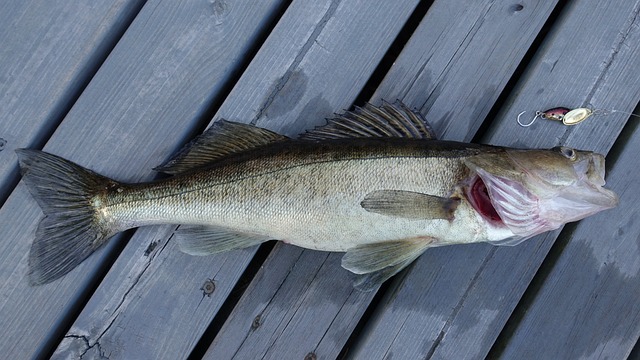
Walleye are a great fish to catch at night if you’re interested in giving it a try. Even in shallower water, they won’t think twice about striking your lures at night when they are very active. Furthermore, they are most active in the late afternoon just before dusk, but you can also see a lot of feeding activity in the early morning hours just before dawn.
When walleye do enter shallow waters, they typically stick close to vegetation and other built-up areas. Walleye typically stay in deeper water. If you want to catch their attention, try casting your line near a dock, pier, sunken log, or weed bed. See more walleye catching, read it here!
Pike
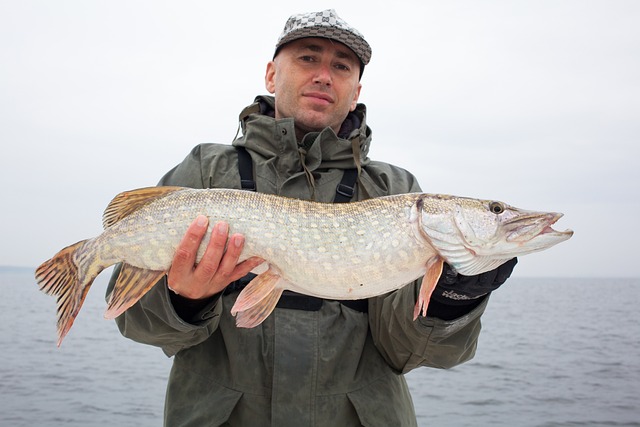
Being able to see well in low light means that Northern Pike can be active when it’s still dark in the morning or evening. Get to the water early if you want to land some pike because this is when pike are most active: in the early morning while the sky is still dark and the water is still cool.
Keep an eye on the forecast because pike will also become very active during impending downpours. Both a light drizzle and a heavy downpour are acceptable. With a variety of baits and lures, pike will be much simpler to land because the silt will have been washed up, the water will be cooler, and the weather will be nicer.
Bass
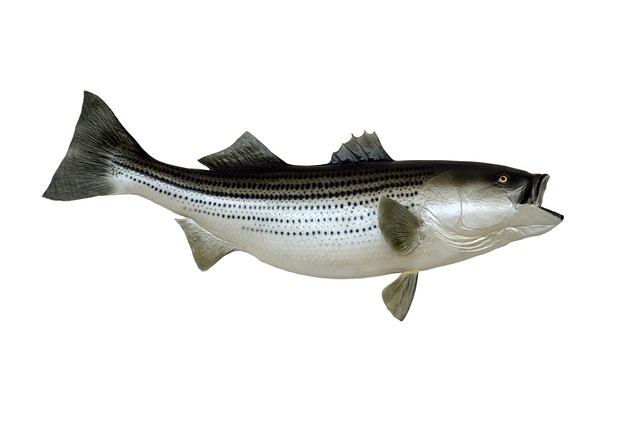
The dawn hours in the early mornings are some of the best times to go largemouth bass fishing. After sunrise, you’ll probably start getting bitten, but in the late morning and early afternoon, they’ll become much less active. But, how do you catch largemouth bass?
A few hours before sunset, in the late evening, bass activity will pick up again. Bass will likely be active before and during the storm if the weather happens to turn rainy. After it passes, largemouth bass will move to deeper waters and ignore your bait.
Trout
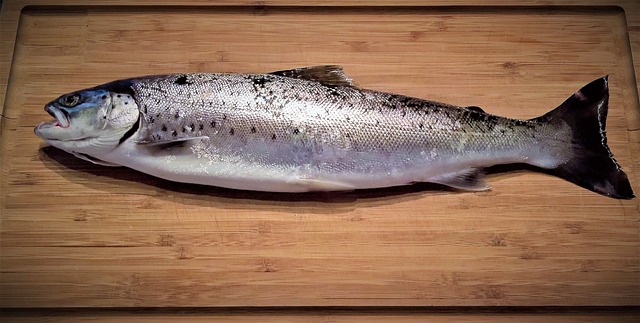
Up to two hours after sunrise, trout are active in the early morning. When there is reflected sunlight on the water from cloudy or overcast days, they become very active. Trout prefer cooler temperatures for active feeding, so once the sun rises above the treeline and shines on the lake or river, they will be much less likely to take your bait. But, how to catch lake trout easily?
If you still want to spend the entire day fishing for trout. Use bottom lures so the fish won’t have to look up at the surface. In comparison to midwater or close to the surface, they would much prefer to strike your bait when it is close to the lake’s bottom.
But, after catching trout, how to clean trout? Read the step-by-step guide!
Musky
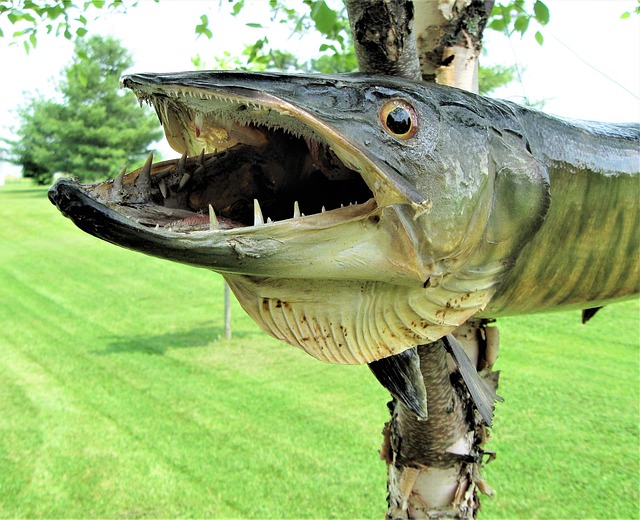
Musky will be very active early in the morning, much like pike. Toss your lures into the water as early as possible and up to two or three hours later. A musky’s activity will wane once the sun has risen and last until mid-afternoon.
The mid- to late-evening hours are when musky will aggressively strike your bait in addition to the early morning hours. Prior to hiding out for the night, they use this time to hunt for smaller prey fish. A musky will strike a variety of bait and lure types with some success.
Catfish
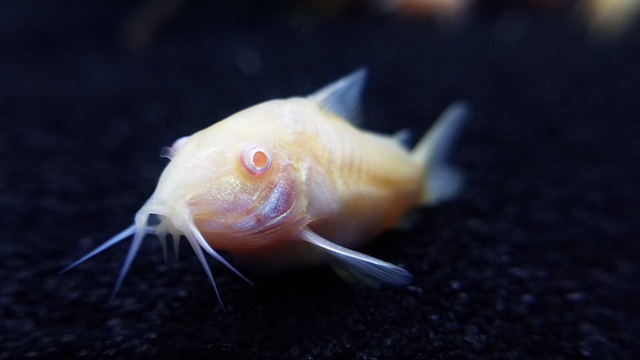
Although catfish are typically actively feeding all day long, large flatheads and blues will be most active in the late evening, two hours before sunset. As opposed to other fish, they rely more on their whiskers to find food because they don’t use their vision as frequently.
What is the best time to catch catfish? If you want to catch catfish, try going out on the water in the early morning or late at night, as well as on days with a lot of clouds. Catfish are an excellent target to test your fishing prowess if you’re interested in night fishing. They’ll take a variety of live or artificial baits, including shad, clams, frogs, and more.
But, after catching catfish, how to clean catfish? Read it here!
Best Time of Day for Ice Fishing
Since the surface water is so cold during the winter, fish are typically not very active. However, on sunny days when even a slight increase in water temperature is noticed, fish tend to start moving around for active feeding in an effort to maintain their weight throughout the winter.
A variety of bigger fish can be caught by ice fishing. Even though large fish may move a little more slowly than usual because of their significantly lower body temperatures as a result of the cooler water, there will be some feeding activity from many fish in the late morning and mid-afternoon.
In addition to slowing down your target fish, the cooler water’s surface temperature also slows down insects and smaller prey fish, making them easier prey for larger fish to hunt. Consider using bigger, more durable lures and baits when ice fishing. In order to catch fish, you might need to throw the lure into deeper water because the larger profile will attract hungry fish trying to maintain their weight throughout the winter.
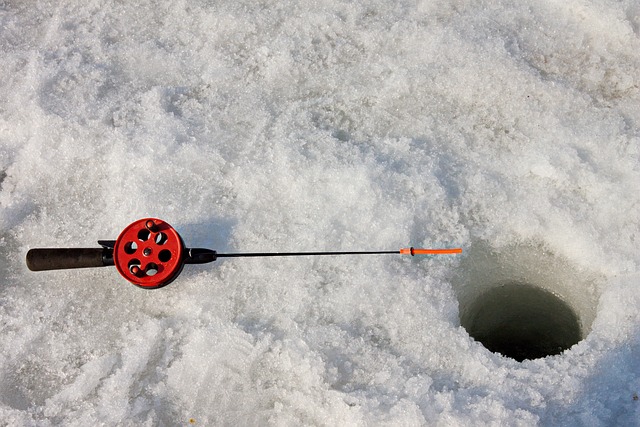
Find the Best Time for Fishing
Take Time into Account
Think about the time of day. The temperature of the water around fish affects how active they are because they have cold blood. When it’s cold, they are dormant, and when it’s very hot, they hide in deeper waters to keep cool. Fish are most active during bug activity because they consume bugs or small fish that consume bugs. Fishing will be excellent when the air is warm and overrun with mosquitoes.
Consider the season. Fish, like all other animals, are more abundant at specific times of the year. Of course, this will differ depending on where you live and the type of fish you want to catch, but there are some general rules to follow.
Consider the tides. Fishing is best done when the tide is rising or falling because this movement of prey makes it easier for coastal fish to feed because they can now move about in large numbers. Because there is less water movement during low or high tide, fishing will be much more difficult.
Take Weather into Account
Watch out for warm and cold fronts. Fish are cold-blooded, so water temperature has a significant impact on them. This means that both before and after cold or warm fronts, they can exhibit a variety of different behaviors.Watch the wind, please. Surface water and small prey fish are pushed toward the distant shore by the wind, luring game fish in the process. This makes fishing on windy days a good idea.Pay attention to the clouds. Fish are bolder on overcast days. When the light is a little dim, they frequently swim farther from safe structures. Nowadays is a good day to go fishing.[12]Watch out for rain. Depending on how hard it rains, the rain can be either your friend or your enemy. Particularly in warm weather, light rain makes for ideal fishing conditions. The water’s surface becomes hazy, which makes it more difficult for fish to see you. Furthermore, it flushes a large number of insects into the water, which makes it an ideal time for fish to eat. Fish have a harder time hunting, breathing, and navigating in hard rain, which also stirs up the mud. Fish don’t want to be outside in that weather any more than you do, which is fortunate because heavy rains also make fishing unsafe.
Take Various Other Factors into Account
To find out when other people have caught fish, do some research on the fishing spot. Let them know what fish you’re trying to catch and check with nearby bait and fishing stores. they may be able to offer locations or times when other anglers are the most successful. Additionally, you can look for recommendations in regional magazines, podcasts, and blogs that focus on fishing.Watch out for bugs. Of course, insect activity has a direct impact on fish feeding behavior. Insects are eaten by smaller fish, and game fish eat the smaller fish. Therefore, a fly or mosquito hatch will undoubtedly produce ideal fishing conditions. Just be sure to wear plenty of insect repellent.The moon can be your ally. The moon regulates the tides, which have a significant impact on the fishing conditions. It is fairly simple to keep track of the tides by observing, but it can be beneficial to pay closer attention to the moon’s movements. Fishing is typically at its best during full moons and when the moon is near the earth. There are many free lunar calendars available online that can be used to determine the best times to go fishing.Know your fish. Different fish species favor various water temperatures, times of day, and foods. Make sure to do your homework if you plan to fish for a specific species. No matter when you go out, if you never leave the shallow waters, you won’t be able to catch catfish.When you have time, go fishing. Knowing when the fish will be active is great, but the majority of us only go fishing when we have the time. You don’t have to catch anything to have a great time fishing with a friend and a few beers. Don’t let your focus on getting it right distract you from enjoying yourself.
How Good is Fishing During Daytime?
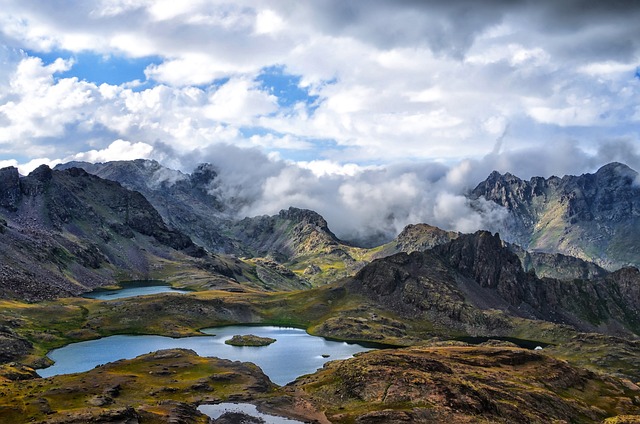
It does happen that you don’t always have the time to go fishing in the early morning or late evening.
If you choose the right seasons, daytime fishing can be quite profitable as well. Late fall and winter are primarily the ones you want to pick when day fishing!
We must once more consider how the key factors’ seasonal mirror effects affect us.
In the colder months of the year, you should concentrate on the warmest part of the day. Naturally, this refers to the daytime hours, right?
When it gets dark during those seasons, fish activity simply seems to decrease, so if you concentrate on day fishing in the late fall and winter, your chances are greatly increased.
By no means does this imply that during the warmer months of the year you shouldn’t go day fishing!
But the focus of this article is on providing you with expert advice on how to really maximize your fishing and the time you spend doing it.
So, when it comes to late spring and summer, try to concentrate in the mornings and evenings and reserve your valuable time for other activities during the day.
How Good is Fishing at Night?
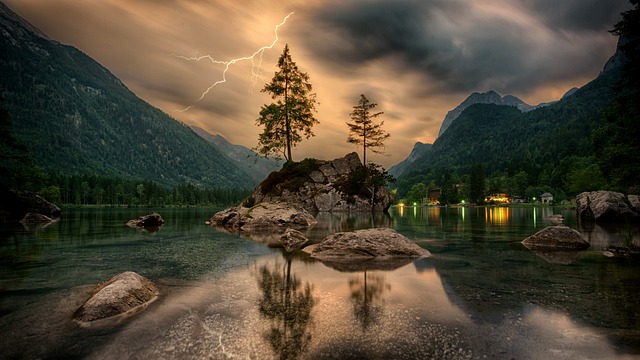
As I said, an evening fishing trip can frequently be very profitable in the very late hours. The time between semi-dark and completely dark can stretch out on some days, which can affect fish activity.
If you’re extremely fortunate, it might even go on forever, in which case you ought to think about going on an overnight trip!
Again, this is excellent advice, especially for fishing in the summer. First of all, you have plenty of those beautiful twilight periods at night because in some parts of the world, a summer night hardly even gets dark!
The fish will be less active during a hot summer day, which brings us to our second point. Naturally, this causes nighttime activity to increase significantly (and last longer).
The best times of day to go fishing are in the morning and evening, so an all-night fishing trip is really just a long bridge between those two times. Go for it if the circumstances are favorable and you have the time to do it. Without a doubt, you won’t regret it.
When Should You Go?
Knowing everything we just discussed, you’d think deciding when to go fishing would be as easy as circling a date. The weather, though, is a concern. What about your mom’s doctor’s appointment and the traffic? Because of our busy schedules, obstacles occasionally arise.
Consequently, the best time to go fishing is whenever you can, to answer the question. This will usually be all you require.
Now let’s hear from you. When do you like to fish the most? When were your most prosperous times? Comment below with your experience; we always appreciate hearing from you!

